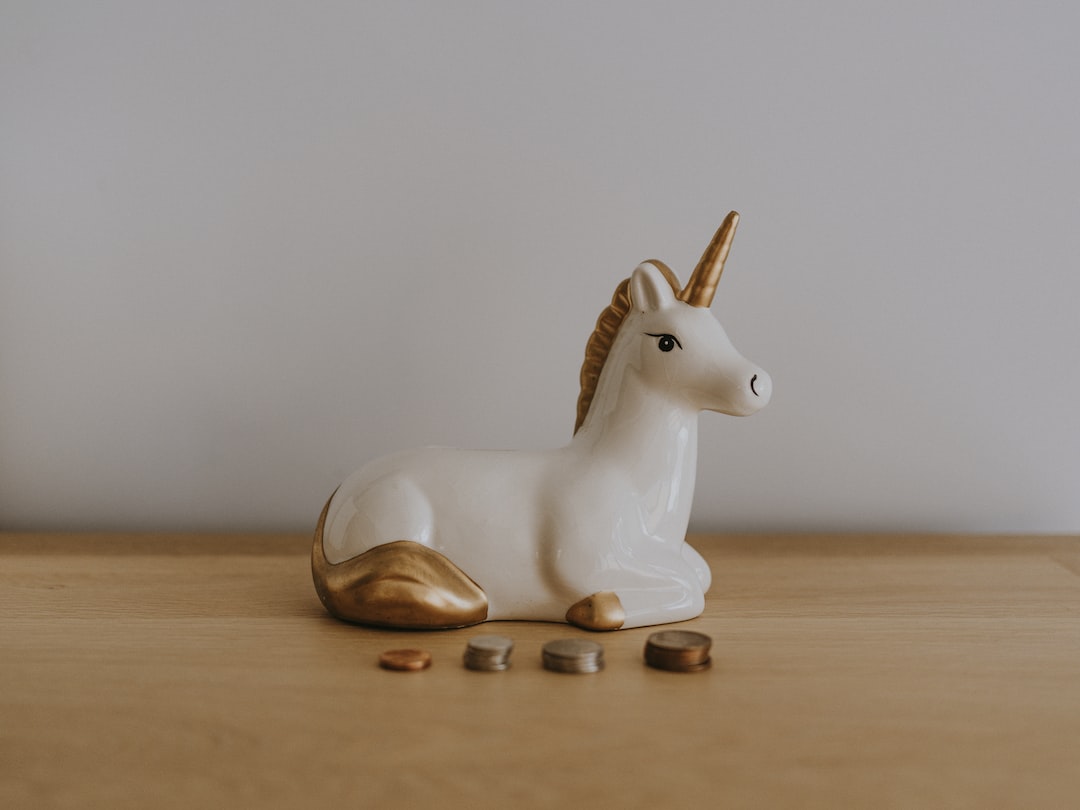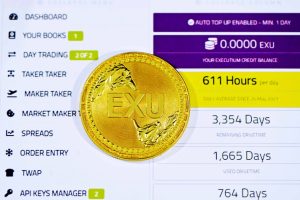Forex trading is the process of buying and selling currency pairs in order to make a profit. It is an exciting and potentially profitable venture that can be done using a variety of different strategies. One popular trading strategy is using 1 daily charts. In this article, we will explain how to trade forex using 1 daily charts.
What are 1 daily charts?
Daily charts are a type of chart used in forex trading that displays the price action of a currency pair over a period of one day. A 1 daily chart is a chart that displays the price action of a currency pair over a period of one day.
Why use 1 daily charts?
Using 1 daily charts has several advantages for forex traders. First, it allows traders to see the overall trend of a currency pair over a longer period of time. This can help traders make better trading decisions by providing a broader perspective of the market. Second, it can help traders avoid the noise and volatility of shorter time frames, such as 1-hour or 15-minute charts. This can help traders avoid false signals and make more accurate trades. Finally, it can help traders save time by reducing the amount of time they need to spend analyzing the market.
How to trade forex using 1 daily charts?
Trading forex using 1 daily charts is a relatively simple process. Here are the steps to follow:
Step 1: Choose the currency pair you want to trade
The first step in trading forex using 1 daily charts is to choose the currency pair you want to trade. This will depend on your trading strategy, risk tolerance, and other factors. Some popular currency pairs include EUR/USD, USD/JPY, and GBP/USD.
Step 2: Analyze the market
Once you have chosen the currency pair you want to trade, the next step is to analyze the market. This involves studying the price action of the currency pair over a period of time, such as several weeks or months. You can use technical analysis tools such as trend lines, support and resistance levels, and moving averages to help you analyze the market.
Step 3: Identify the trend
After analyzing the market, the next step is to identify the trend. This involves determining whether the currency pair is in an uptrend, a downtrend, or a sideways trend. You can use technical analysis tools such as trend lines and moving averages to help you identify the trend.
Step 4: Enter a trade
Once you have identified the trend, the next step is to enter a trade. If the currency pair is in an uptrend, you may want to buy the currency pair. If the currency pair is in a downtrend, you may want to sell the currency pair. If the currency pair is in a sideways trend, you may want to wait for a breakout before entering a trade.
Step 5: Set stop loss and take profit levels
After entering a trade, the next step is to set stop loss and take profit levels. Stop loss is a level at which you will exit the trade if the market moves against you. Take profit is a level at which you will exit the trade if the market moves in your favor. You can use technical analysis tools such as support and resistance levels to help you set stop loss and take profit levels.
Step 6: Monitor the trade
Once you have entered a trade and set stop loss and take profit levels, the next step is to monitor the trade. You should regularly check the market to see how the trade is performing. If the market moves in your favor, you may want to adjust your take profit level to lock in profits. If the market moves against you, you may want to adjust your stop loss level to limit losses.
Conclusion
Trading forex using 1 daily charts can be a profitable and exciting venture. By following the steps outlined in this article, you can learn how to trade forex using 1 daily charts. Remember to always practice good risk management, and never risk more than you can afford to lose. Good luck and happy trading!






